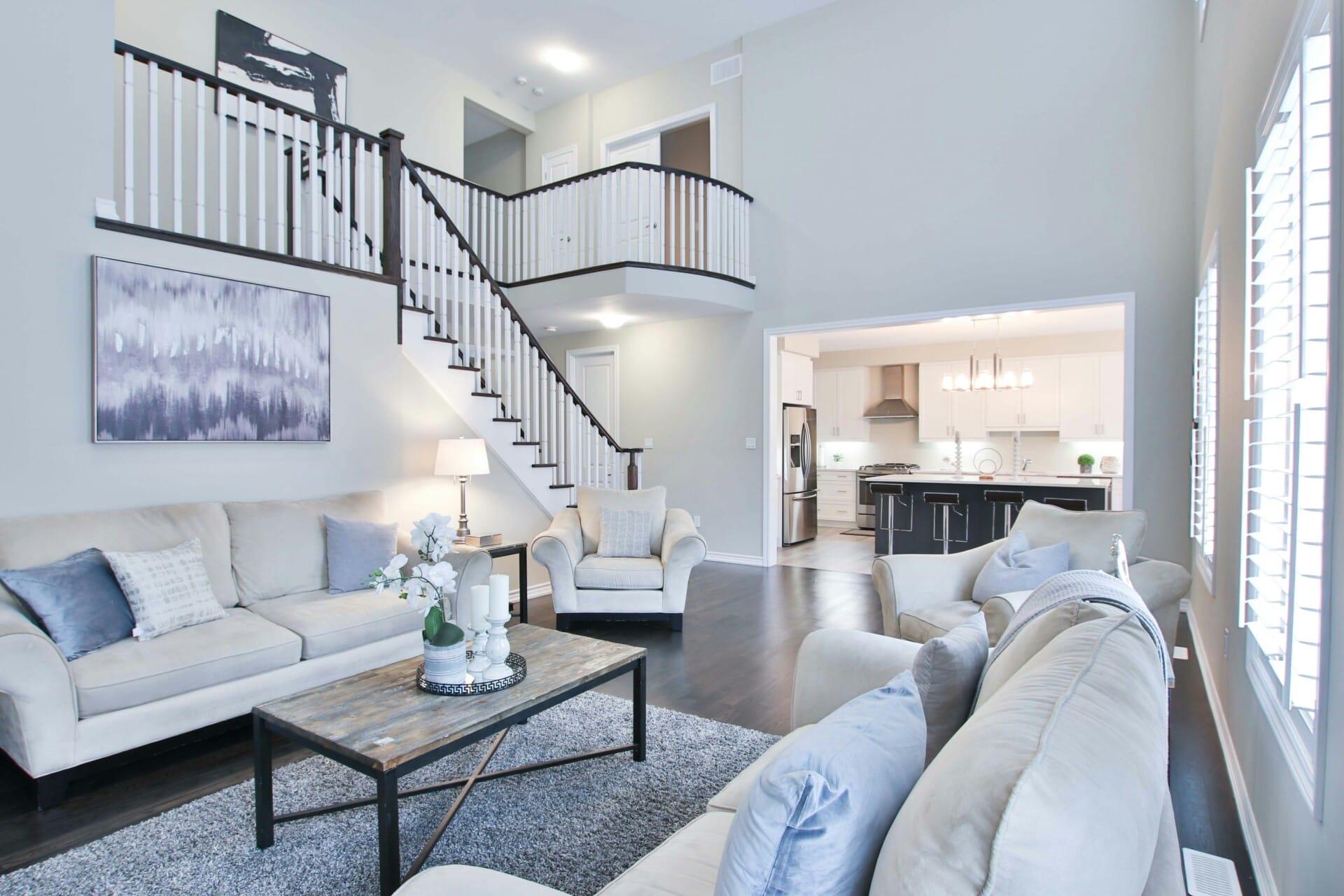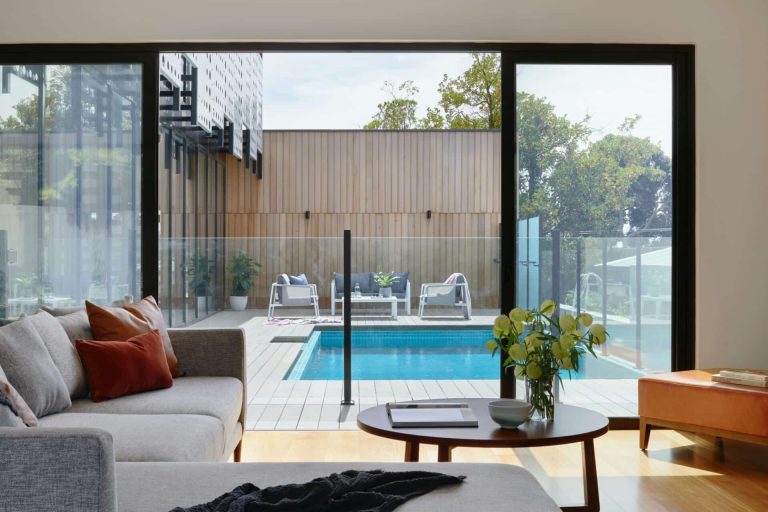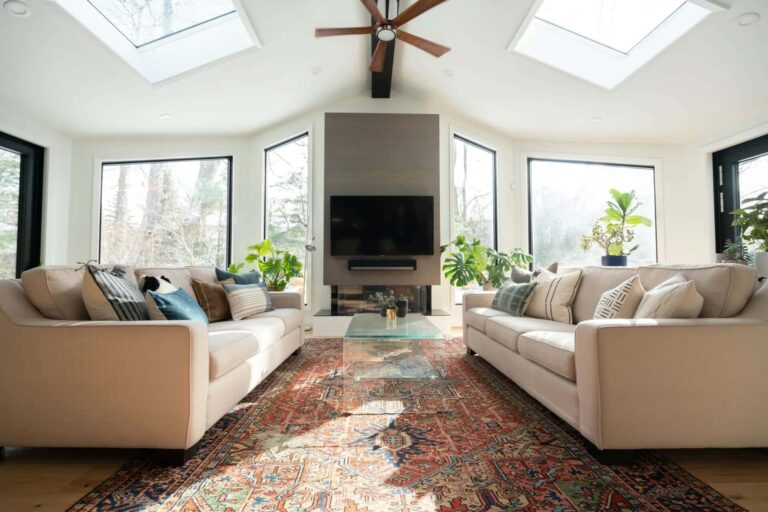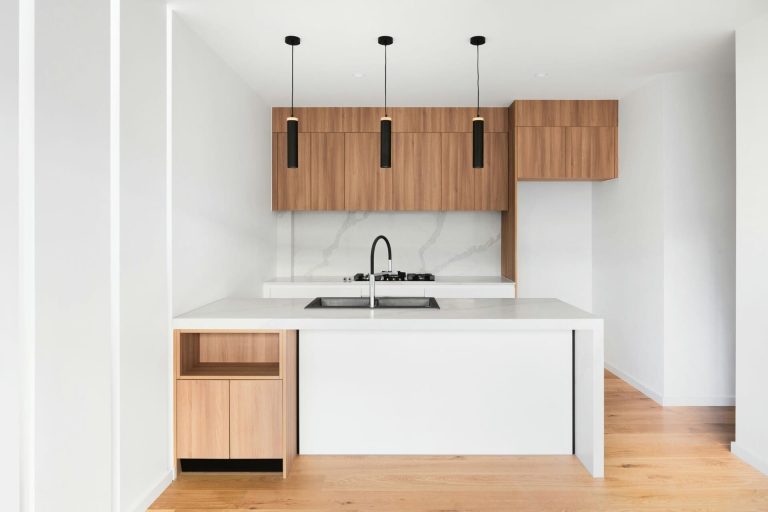Imagine a Malaysia where our skyscrapers don’t just touch the sky but also breathe with the environment. Where homes, offices, and schools not only provide shelter and comfort but also contribute to a healthier planet. Welcome to the era of green building—a trend that’s not just an option anymore but a necessity for our future. As we face challenges like rising temperatures, urban congestion, and resource scarcity, embracing green building practices can pave the way for a more sustainable, efficient, and eco-friendly Malaysia.
In this article, we’ll explore why green building is becoming the backbone of future construction in our country and how anyone—from big developers to individual homeowners—can get on board. Whether you’re curious about the benefits, looking to make a difference, or just want to know how to start, you’re in the right place. Let’s dive in and see how we can build a greener, happier Malaysia together!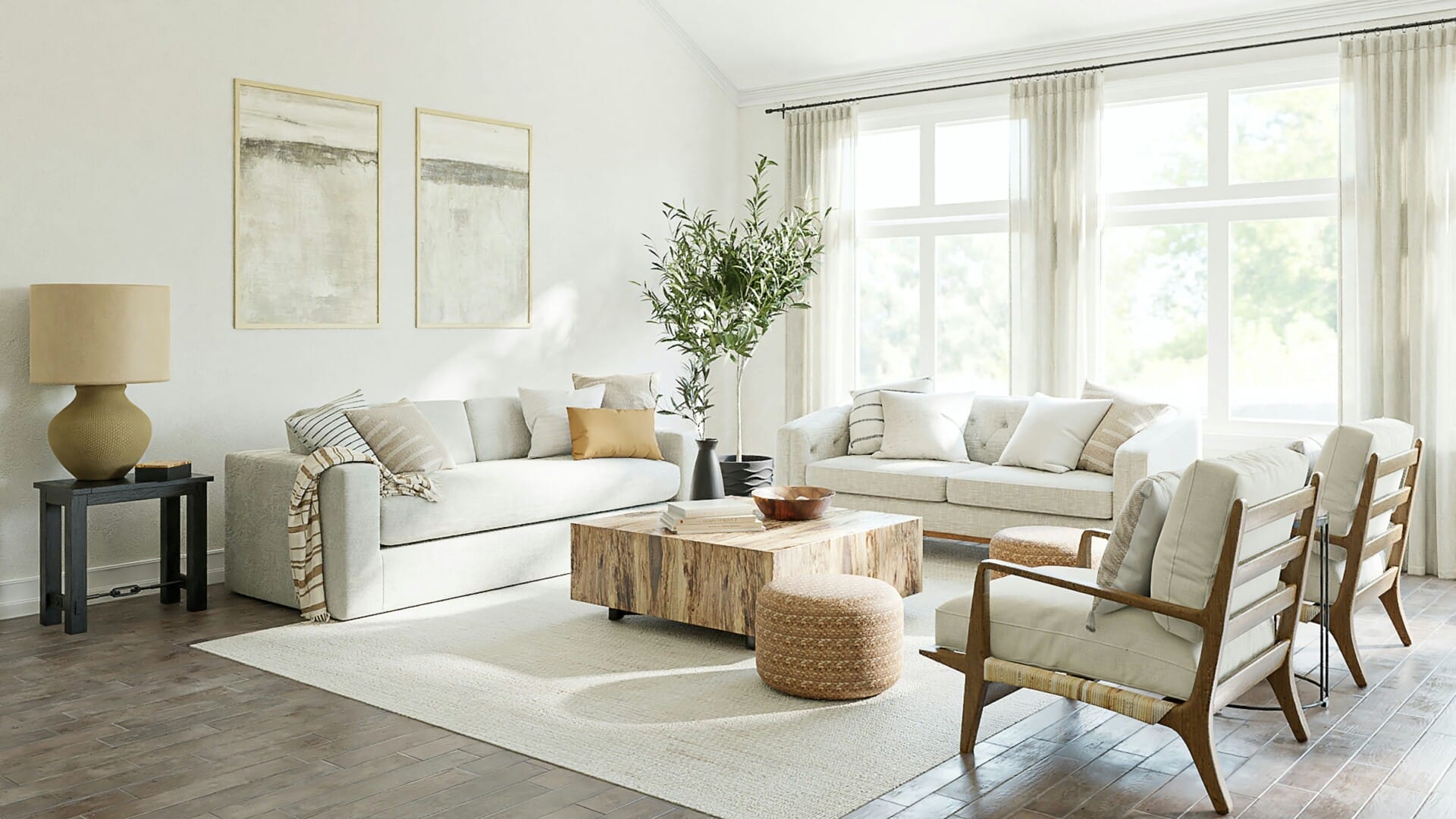
The Rise of Green Building in Malaysia’s Construction Landscape
The construction industry in Malaysia is undergoing a significant transformation, with green building practices gaining immense popularity. As the nation shifts towards sustainability, developers and architects are seeking innovative ways to reduce environmental impact while optimizing costs. This trend is a response to growing real estate demands and increased awareness of climate change challenges. By embracing eco-friendly materials and design strategies, we not only contribute to a healthier planet but also enhance the quality of life for future generations.
One of the driving factors for the adoption of green building in Malaysia is the introduction of various guidelines and incentives from the government. The Green Building Index (GBI), for instance, promotes sustainable construction by offering benefits such as tax exemptions and lower financing rates for eco-friendly projects. This supportive framework has encouraged both public and private sectors to invest in greener solutions, aligning with global goals for reducing carbon footprints. Moreover, as more organizations commit to sustainability, clients are increasingly prioritizing green credentials in their decision-making processes.
Getting started with green building isn’t as daunting as it might seem. Here are some straightforward steps to kick off your green construction journey:
- Choose Eco-Friendly Materials: Opt for sustainable materials like bamboo, recycled steel, or low-VOC paints.
- Incorporate Energy-Efficiency: Install solar panels, energy-efficient windows, and HVAC systems.
- Design for Nature: Maximize natural lighting and ventilation to reduce energy consumption.
- Plan Water Management: Use rainwater harvesting systems and drought-resistant landscaping.
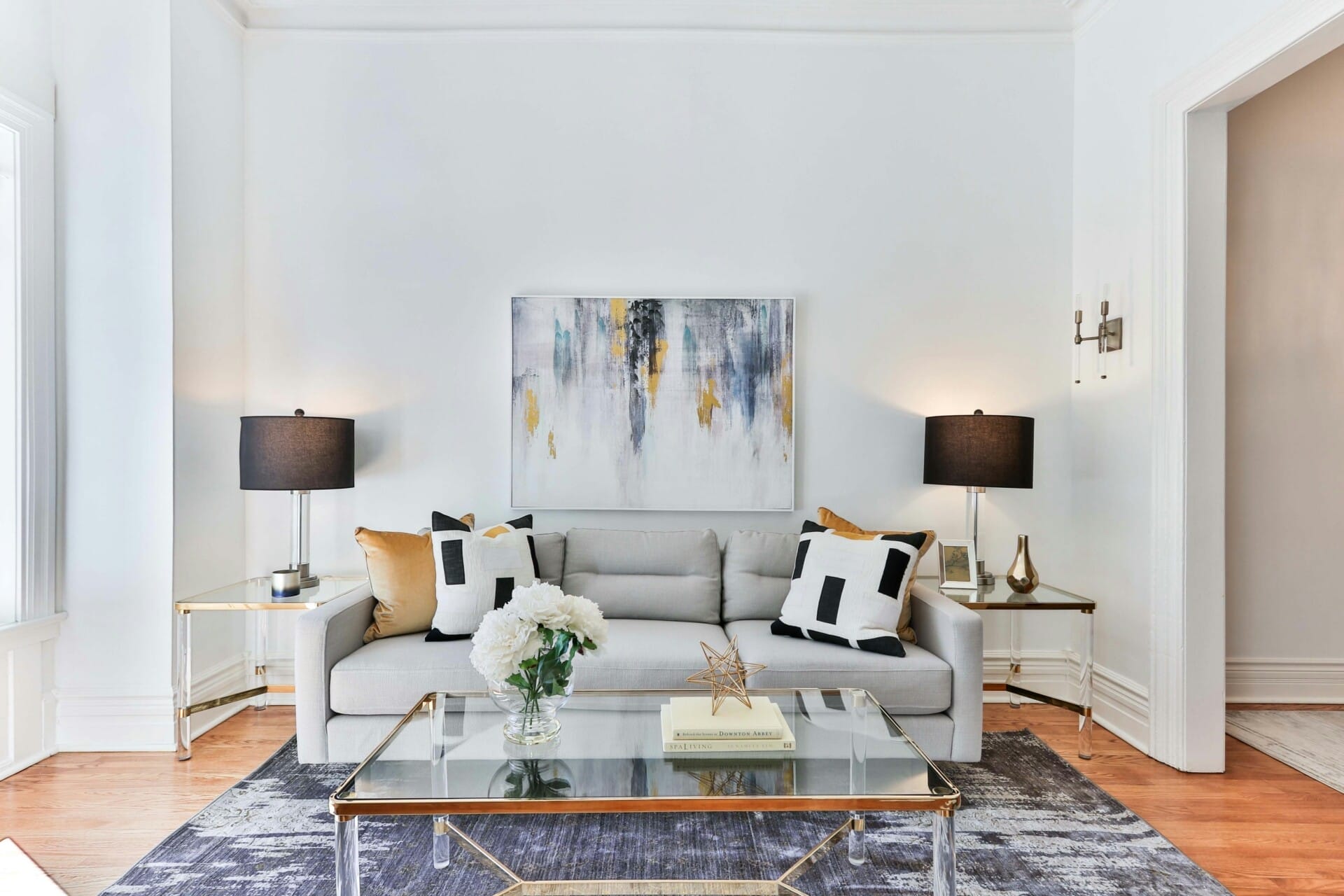
Understanding the Benefits of Sustainable Architecture
Sustainable architecture goes beyond just being environmentally friendly; it embodies a holistic approach to design that considers the impact on communities, economies, and the planet. One of the biggest benefits is energy efficiency. By utilizing greener materials and innovative design practices, buildings can significantly reduce their energy consumption, ultimately lowering utility bills and resource depletion. Imagine a home that uses natural light to illuminate its interiors or employs high-quality insulation to maintain comfortable temperatures year-round. This not only enhances comfort but also significantly cuts costs in the long run.
Another key advantage of sustainable architecture is its role in enhancing the quality of life. By incorporating green spaces, natural ventilation, and sustainable materials, architects are creating environments that promote health and well-being. Features like green roofs and walls not only improve air quality but also provide habitats for local wildlife, creating a seamless blend between urban life and nature. In communities across Malaysia, buildings that focus on sustainability can become focal points of wellness, promoting physical and mental health among residents.
| Benefits | Description |
|---|---|
| Energy Conservation | Reduces reliance on non-renewable energy sources. |
| Cost Efficiency | Lowers operating costs through energy savings. |
| Enhanced Well-being | Improves quality of life through healthier spaces. |
| Community Impact | Encourages community bonding and local biodiversity. |
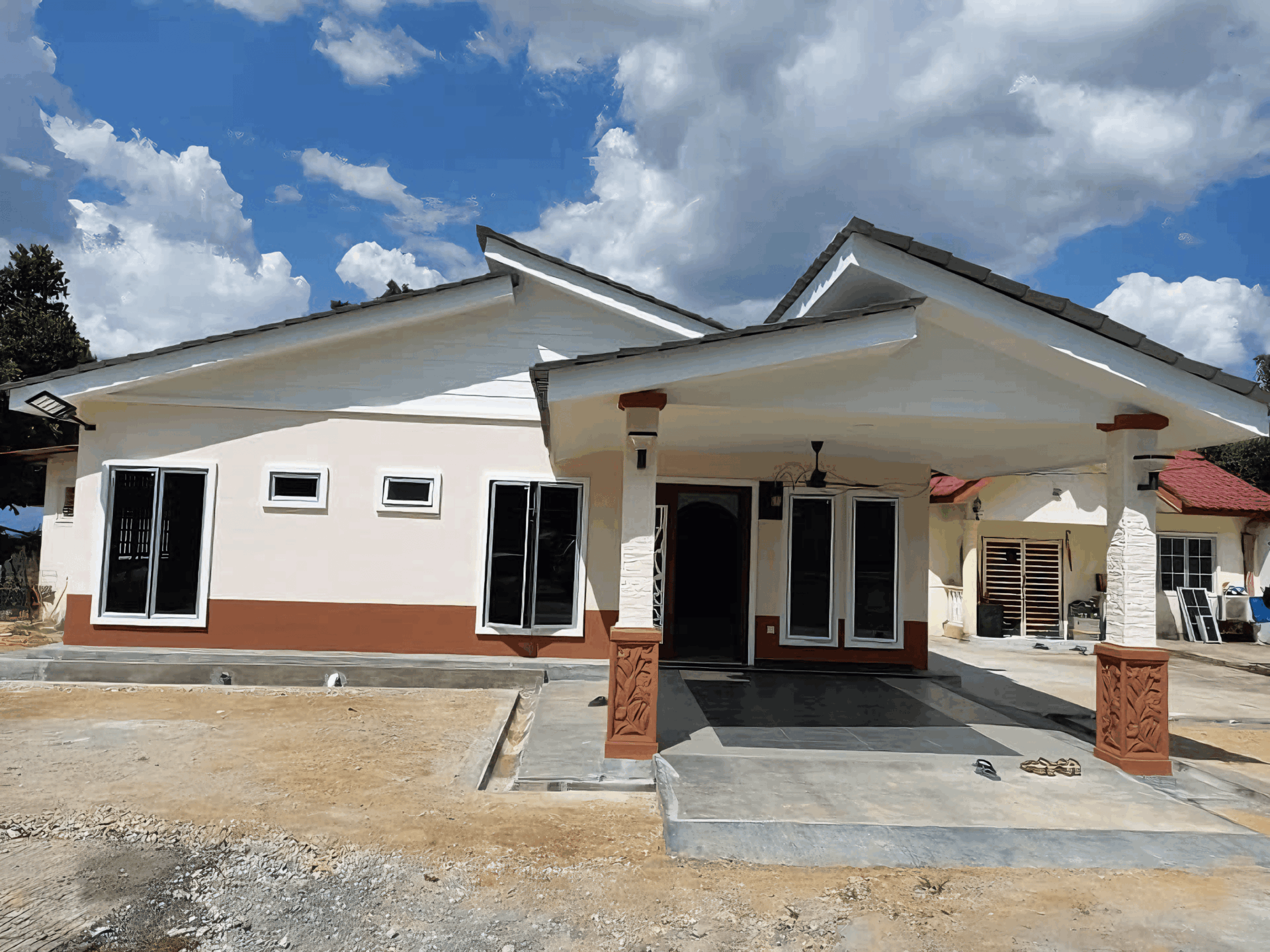
Key Elements of Green Building Design
When thinking about green building design, a few crucial elements stand out that can really set your project apart. First up, sustainable materials play a huge role. Using resources that are renewable, recycled, or sustainably sourced helps minimize the negative impact on the environment. Things like bamboo flooring or recycled steel framing not only lower your carbon footprint but also add a unique flair to the space.
Next, we can’t overlook the importance of energy efficiency. This is where smart technology comes into play. Incorporating systems like solar panels, energy-efficient HVAC systems, and LED lighting can significantly reduce energy consumption. Not only will this save you loads on utility bills, but it also contributes to a greener planet. Plus, implementing effective insulation keeps the temperature regulated without overworking your systems.
consider the indoor environmental quality. This encompasses everything from air quality to natural lighting. Utilizing low-VOC (volatile organic compounds) paints and finishes can help keep the air fresh and healthy. Moreover, maximizing natural light through large windows or open designs creates a more vibrant atmosphere, encouraging well-being in the space. These elements combined can create a truly harmonious living or working environment that aligns perfectly with sustainable standards.

Navigating Regulatory Frameworks and Certifications
As you embark on your green building journey in Malaysia, it’s crucial to understand the regulatory environment that shapes sustainable construction practices. The government has recognized the importance of green initiatives and has enacted several policies to encourage eco-friendly development. Familiarizing yourself with these guidelines not only ensures compliance but also opens up potential incentives for your project. For instance, the Green Building Index (GBI) is a widely recognized certification that evaluates buildings based on their environmental impact.
Incorporating sustainable building materials and practices is one part of the puzzle; understanding the necessary certifications is another. Depending on the scale and type of your project, you may need to navigate through various certification processes. Here are some key certifications to consider:
- GBI – Assesses energy efficiency, water usage, and indoor environmental quality.
- LEED – A globally recognized green building certification system that is gaining traction in Malaysia.
- Energy Star – Focused on energy-efficient practices, often applicable for residential projects.
To streamline your experience, engaging with local authorities early in the planning stage is beneficial. They can provide insights into the requirements and help you avoid common pitfalls. Additionally, establishing connections with certified professionals, such as architects and consultants who specialize in sustainable practices, can significantly enhance your project’s potential. Here’s a quick comparison of Malaysia’s prominent green certifications:
| Certification | Focus Area | Applicable Projects |
|---|---|---|
| Green Building Index (GBI) | Overall sustainability | Commercial & Residential |
| LEED | Global sustainability standards | Various types |
| Energy Star | Energy efficiency | Residential |
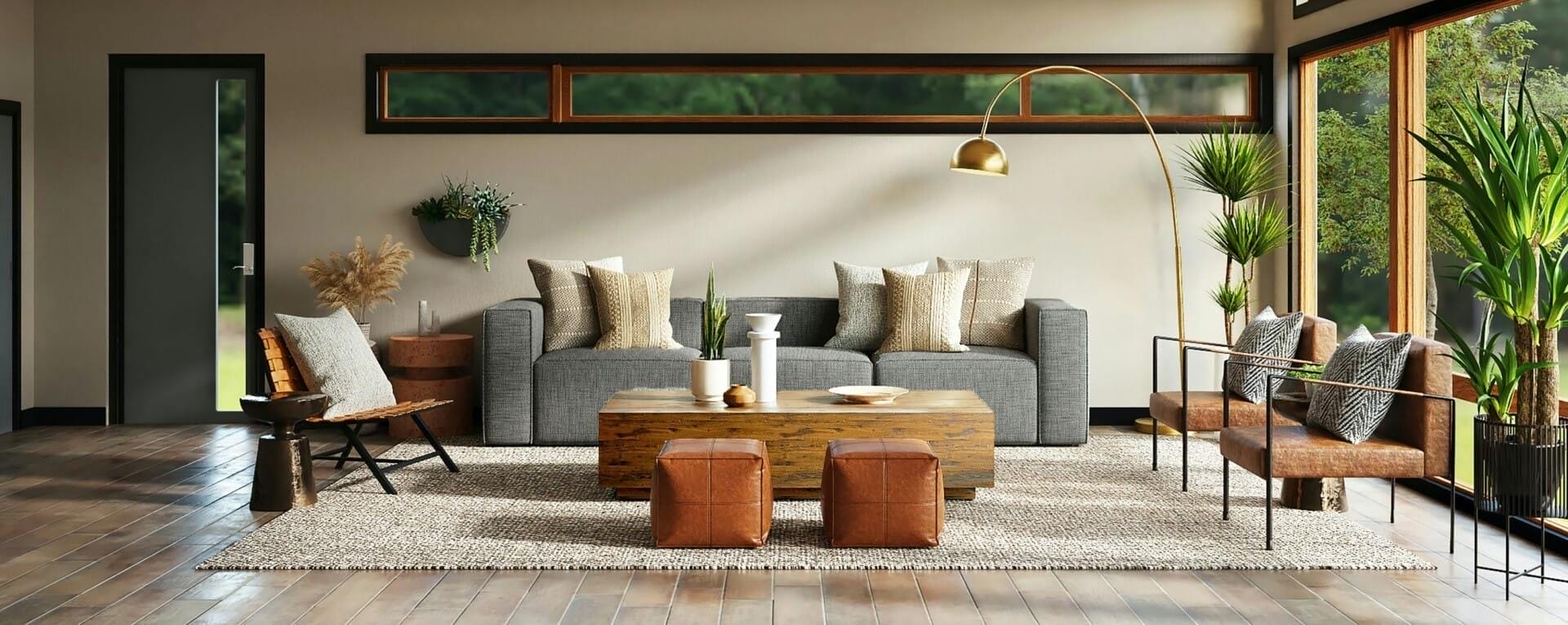
Innovative Materials and Technologies Shaping the Future
As we look towards a sustainable future, innovative materials and technologies are stepping up to redefine construction practices in Malaysia. One of the most exciting advancements is the use of recycled materials. Not only does this reduce waste, but it also lowers the demand for raw resources. Incorporating materials like reclaimed wood, recycled metal, and sustainable concrete can drastically improve the ecological footprint of a building project. The transition to these materials is becoming easier with the availability of local suppliers committed to eco-friendly practices.
Smart technologies are also transforming the landscape of green building. Building Information Modeling (BIM) is one such technology that allows for enhanced planning and efficiency throughout a building’s lifecycle. By providing detailed digital representations, it helps architects and builders visualize projects, optimize resources, and minimize waste. Moreover, the integration of smart home technologies, such as energy-efficient lighting systems and smart thermostats, enhances the functionality of green buildings, making them not only sustainable but also user-friendly. These innovations ensure that energy consumption is kept to a minimum, making homes comfortable while being kind to the environment.
To fully embrace these changes, education and awareness are key. Training programs and workshops tailored for architects, builders, and even homeowners can facilitate the transition to sustainable practices. Consider these steps to get started:
| Step | Description |
|---|---|
| Research | Explore the latest green building materials and technologies. |
| Networking | Connect with local suppliers and experts in sustainable construction. |
| Training | Participate in workshops to learn best practices. |
| Implementation | Start small; incorporate green practices into your next project. |

Financial Incentives and Cost-Saving Strategies
Transitioning to green building practices not only promotes environmental responsibility but also opens up a variety of financial incentives that can significantly reduce initial investment costs. The Malaysian government has introduced numerous programs aimed at encouraging sustainable construction. For instance, developers can benefit from tax exemptions and grants designed to subsidize the costs of energy-efficient technologies and materials. Participating in these programs not only lessens the financial burden but also enhances the long-term viability of projects in a market that is increasingly leaning towards sustainability.
Moreover, adopting green building strategies leads to substantial cost savings in the operational phase. By investing in energy-efficient systems such as LED lighting, solar panels, and high-performance insulation, property owners can enjoy lower utility bills over time. On average, green buildings can achieve 30-50% energy savings compared to conventional buildings. This translates into a quicker return on investment, making these strategies not just ecologically sound but economically wise as well. Here are some common cost-saving measures:
- Water Conservation Systems: Implement rainwater harvesting and gray-water recycling to reduce water bills.
- Smart Building Technology: Integrate systems that optimize energy use based on occupancy.
- Recycled Materials: Use locally sourced and recycled materials to cut costs and reduce waste.
Furthermore, financial institutions are now starting to offer favorable loan terms for green projects, recognizing the lower risk associated with sustainable developments. A recent survey indicated that project financing rates can be as much as 1-2% lower for green-certified buildings compared to traditional projects. Here’s a brief comparison:
| Type of Building | Loan Rate | Tax Benefits |
|---|---|---|
| Traditional Building | 4.5% | No |
| Green Building | 3.5% | Yes |
With all these , it’s clear that embracing green building principles is not just an environmental imperative but also a savvy financial decision. As Malaysia moves toward a more sustainable future, taking advantage of these opportunities can help pave the way for a more prosperous construction sector.
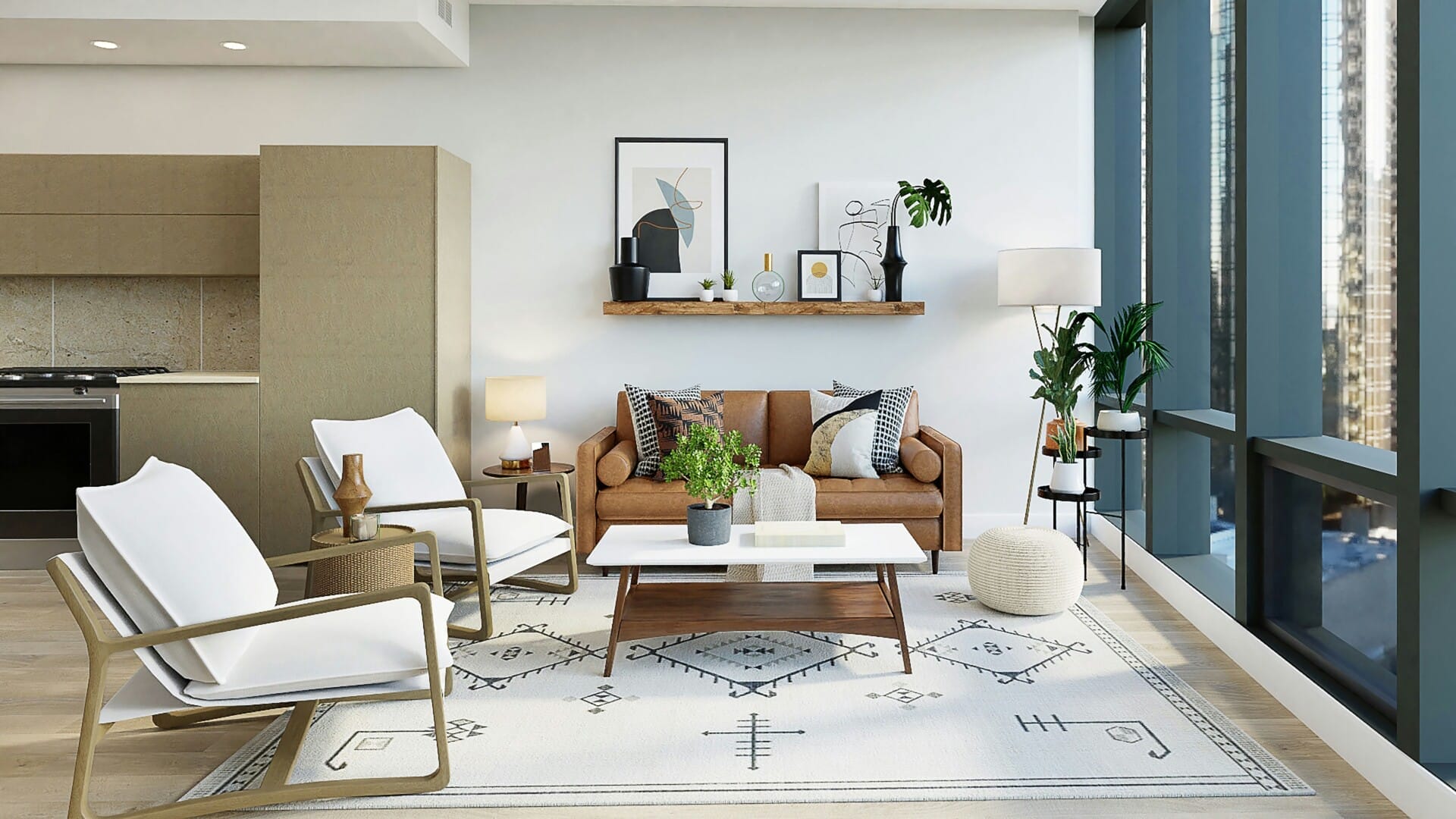
Building a Collaborative Ecosystem: Engaging Stakeholders
To truly transform the construction landscape towards greener practices in Malaysia, it’s essential to bring everyone on board. Engaging a diverse group of stakeholders—including architects, contractors, government agencies, and the community—creates a robust collaborative ecosystem. This network fosters innovation, encourages knowledge sharing, and streamlines processes. By working together, these parties can address challenges, inspire creativity, and develop solutions that prioritize sustainability while improving project efficiency.
One effective way to engage stakeholders is to establish regular forums and workshops. These gatherings can serve as a platform for discussing green building initiatives and sharing best practices. Consider incorporating the following elements:
- Interactive Sessions: Encourage open discussions and collaborative brainstorming on new ideas.
- Expert Presentations: Invite industry leaders to share insights and experiences regarding green technologies.
- Networking Opportunities: Facilitate relationship-building among stakeholders to create long-lasting partnerships.
One promising approach is to implement a structured communication framework that keeps all parties informed and engaged. Utilizing digital platforms for sharing real-time project updates and resources can greatly enhance collaboration. Below is a simple example of a communication plan:
| Stakeholder | Communication Tool | Frequency |
|---|---|---|
| Architects | Email Updates | Weekly |
| Contractors | Project Management Software | Daily |
| Government Officials | Quarterly Meetings | Quarterly |
| Community Representatives | Public Forums | Monthly |
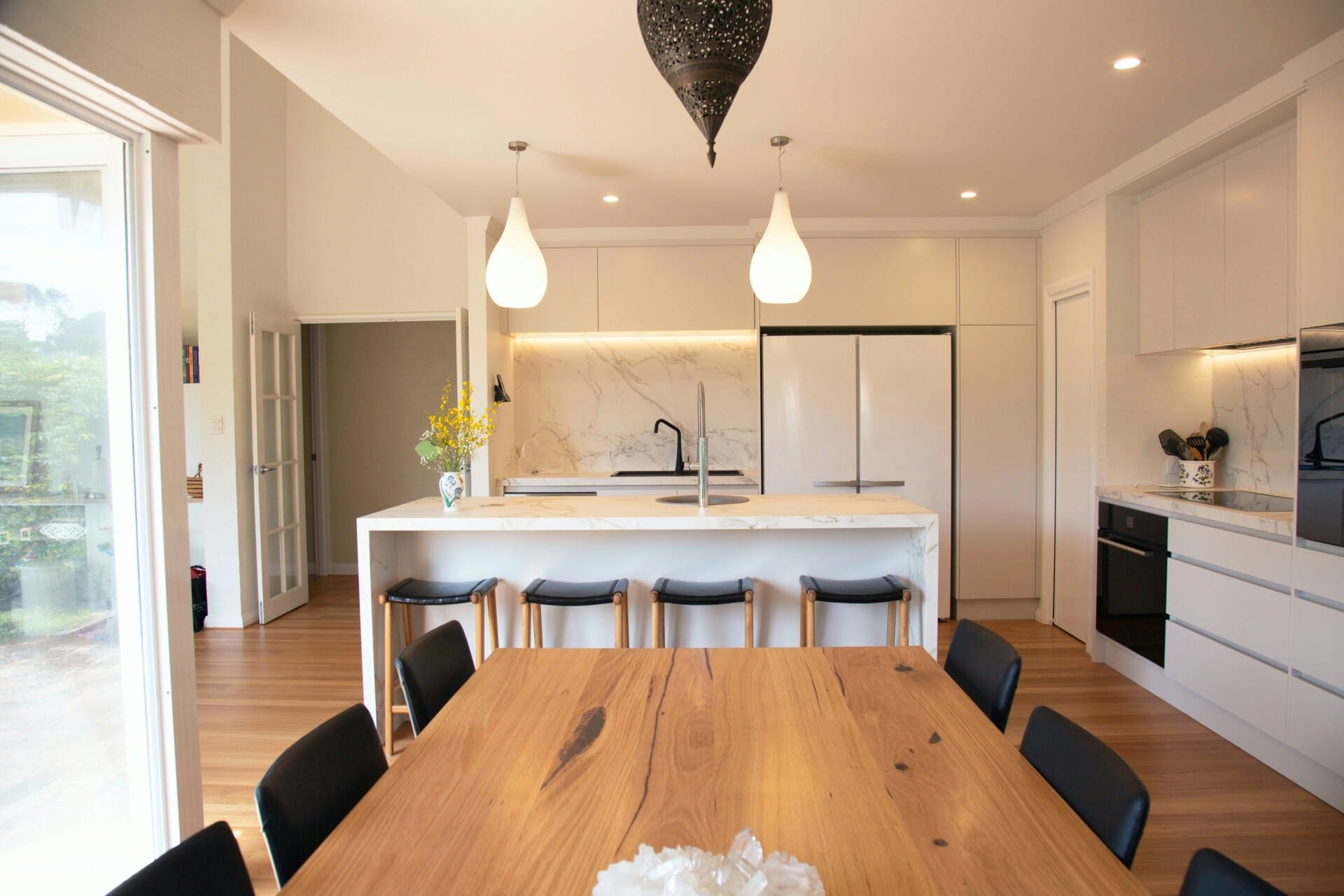
Practical Steps to Launch Your Green Building Project
Starting a green building project requires clear planning and commitment to sustainable principles. First, identify your project goals. Are you focusing on reducing energy consumption, water usage, or enhancing indoor air quality? Setting specific targets will help guide your decisions throughout the process. Consider also conducting a thorough site analysis to assess environmental conditions and local climate. This will allow you to design buildings that harmonize with their surroundings, maximizing natural resources while minimizing negative impacts.
Next, it’s important to assemble the right team. Reach out to architects, engineers, and contractors who specialize in green building practices. Look for professionals certified in sustainable design, such as LEED (Leadership in Energy and Environmental Design) accredited individuals. Effective collaboration will enhance project innovation and compliance with eco-friendly standards. Make sure everyone on the team shares a passion for sustainability to foster a collaborative environment that prioritizes green solutions.
Lastly, consider leveraging financial incentives and government programs available in Malaysia. Research various grants, tax deductions, or low-interest loans that support green building initiatives. You might also want to engage with local green building councils, which can provide resources and networking opportunities to help you stay informed about regulations and best practices. Here’s a handy table to quickly check some available incentives:
| Incentive | Description | Eligibility |
|---|---|---|
| Green Technology Financing Scheme | Low-interest loans for green tech projects | Companies implementing green tech |
| Soil Conservation Grant | Funding for sustainable land use | Landowners with eco-friendly practices |
| Tax Rebates | Reductions for energy-efficient buildings | New constructions meeting energy benchmarks |
To Wrap It Up
And there you have it! Green building isn’t just a trend; it’s a smart way for Malaysia to step into a brighter, greener future. With the rising awareness of climate change and sustainability, now’s the perfect time to jump on the green bandwagon—whether you’re an architect, builder, or just someone looking to build your dream home.
Remember, starting on this journey doesn’t have to be complicated. It’s all about taking those first few steps—educate yourself, connect with the right folks, and look into sustainable materials and techniques. Each little effort counts, and together, we can make our beautiful Malaysia a healthier place for generations to come.
So, let’s roll up our sleeves and get to work! Embracing green building practices is not just good for the planet; it’s good for everyone. Here’s to building a sustainable future—one green brick at a time! 🌱🏡
